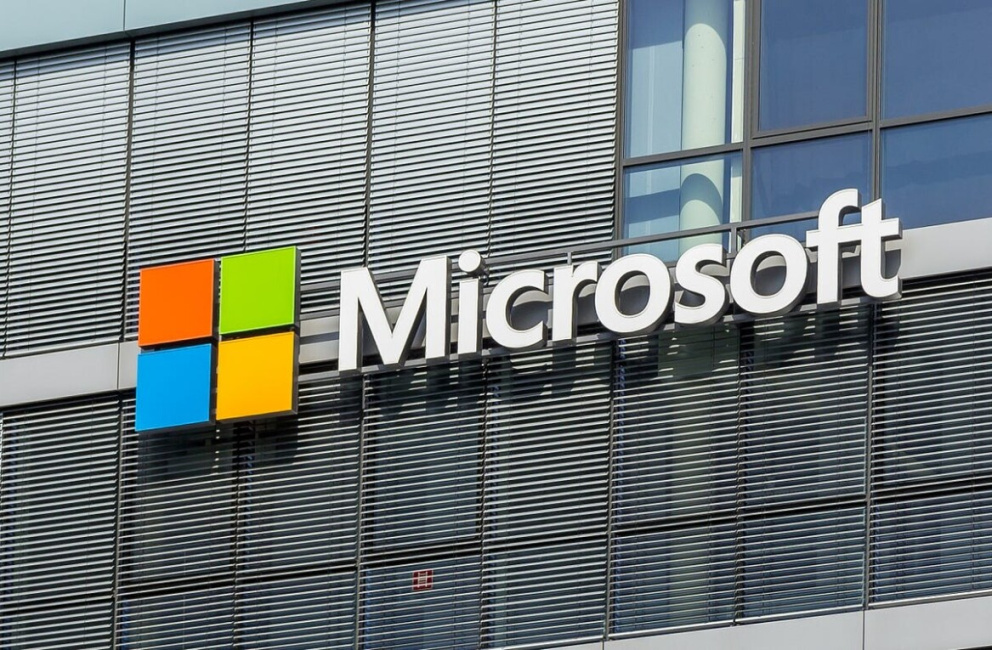Microsoft SharePoint vulnerability
🚨 Overview: What Happened?
- On July
19–21, 2025, Microsoft confirmed that a critical zero-day
vulnerability—tracked as CVE‑2025‑53770—was being actively
exploited in the wild. The attack targeted on‑premises SharePoint
Server installations, including versions 2016, 2019, and Subscription
Edition. SharePoint Online (Microsoft 365 cloud) was not affected.Microsoft Learn+15The Washington Post+15Censys+15msrc.microsoft.com
- The
vulnerability has allowed attackers to launch spoofing attacks—deceiving
users into trusting malicious content by impersonating trusted sources.Reuters
- As
of today, at least 75 servers—including those used by U.S.
government agencies, large corporations, universities, energy companies,
European governments, and Asian telecoms—have seen confirmed breaches.The Washington Post+1The Times of India+1
- Some
attackers escalated the breach further by obtaining cryptographic keys,
enabling persistent re-entry even after patch deployment.The Times of India+3The Washington Post+3Reddit+3
Technical
Details & Impact
- CVE‑2025‑53770
is a variant of CVE‑2025‑49706, allowing authorized attackers to
spoof network requests and exploit vulnerabilities without filtering.msrc.microsoft.com
- The
attack method enables unauthorized file manipulation, document tampering
or deletion, and unauthorized persistence—especially critical in
sector-wide incident like in Spain or U.S. states.The Washington PostThe Times of India
- With
tens of thousands of on-prem SharePoint servers globally still unpatched,
the potential impact remains vast.Microsoft Support+15Reuters+15The Washington Post+15
Microsoft’s
Guidance & Defense Tactics
- Microsoft
has not yet released a full patch for all affected versions, but
states that one version is now patched, while two others remain
vulnerable. Joining investigators like the FBI and CISA, Microsoft is
working to rapidly roll out fixes.The Washington Post
- Until
patches are available, Microsoft strongly recommends:
- Enabling
AMSI (Antimalware Scan Interface) integration on SharePoint
(default since September 2023 update for 2016/2019, and since 23H2 for
Subscription Edition).
- Deploying
Microsoft Defender Antivirus and Defender for Endpoint on
SharePoint servers. These tools include detections labeled:
- Exploit:Script/SuspSignoutReq.A
- Trojan:Win32/HijackSharePointServer.A
- Hunting
for indicators of compromise—e.g. suspicious files like spinstall0.aspx—using
Microsoft 365 Defender advanced hunting queries.SecurityVulnerability.io+2msrc.microsoft.com+2Censys+2
- If
AMSI or Defender AV integration is not possible, disconnect vulnerable
SharePoint servers from the internet until a security update is installed.msrc.microsoft.com+1Reuters+1
Historical
Context: SharePoint Vulnerabilities & Trends
- Earlier
SharePoint vulnerabilities include:
These past incidents illustrate that SharePoint has been a
repeated attack vector—especially when organizations expose servers online
without updated patches and proper defensive controls.
Immediate
Recommendations for Administrators
✅ Short-Term Measures
|
Action
|
Why It Matters
|
|
Enable AMSI & Defender AV/Endpoint immediately
|
Provides detection and blocking even before full patches
are rolled out.msrc.microsoft.com
|
|
Disconnect exposed servers from internet
temporarily
|
Prevents attackers from exploiting while you're
unprotected.msrc.microsoft.comReuters
|
|
Use Defender’s Advanced Hunting queries for
indicators like spinstall0.aspx
|
Helps detect prior successful intrusions.msrc.microsoft.com
|
🔍 Medium-Term Measures
- Apply
official Microsoft patches as soon as they become available across all
affected SharePoint versions.
- Rotate
cryptographic keys and review access credentials, especially if server
compromise is confirmed.
- Audit
server logs and abnormal activity, isolate and investigate any
suspicious behavior.
🛡️ Long-Term Hardening
- Restrict
public exposure: SharePoint servers should ideally operate behind VPN
or within Zero Trust/ZTNA environments.
- Use
Web Application Firewalls (WAFs), such as FortiWeb, to help protect
against deserialization and RCE vulnerabilities—used for past SharePoint
flaws.The Washington PostFortinet Community
- Enforce
least privilege: Minimize the number of Site Owners and
administrator-level roles.
- Subscribe
to threat intelligence alerts from Microsoft and cybersecurity
agencies for preemptive updates.
Why This
Matters So Much
- On‑prem
SharePoint is still widely used across public sector agencies, educational
institutions, corporations, and infrastructure organizations.
- Attackers
gain access to internal documents, communication channels (e.g. Outlook,
Teams), and may extract long-lived keys used for lateral movement—raising
the bar for recovery after patching.Reddit+2Reddit+2Fortinet Community+2The Washington Post
- The
breach underscores growing scrutiny around Microsoft’s ability to deliver
timely, comprehensive patches—especially as cybersecurity response funding
faces cutbacks.The Washington Post
🔚 Key Takeaways
- CVE‑2025‑53770
is a critical SharePoint zero‑day actively exploited in the wild,
affecting on-prem versions only. SharePoint Online is unaffected.
- Immediate
defenses—AMSI, Defender AV/Endpoint, offline isolation—are vital until
patches are released.
- Organizations
must patch all affected versions, rotate keys, audit systems, and
harden security posture.
- Past
SharePoint vulnerabilities highlight the need for proactive patch
management and minimized exposure.
Conclusion
this vulnerability represents a serious threat to any
organization still relying on on-prem SharePoint services. Acting now with
interim protections and preparing for updates is essential to prevent further
breaches.









